Read Our Blogs
The Purpose Of The Tall Grass
Shared by Valerie Malzone, as Guest Blogger.
Have you ever seen this sign posted in different areas of the park and wondered what it meant?
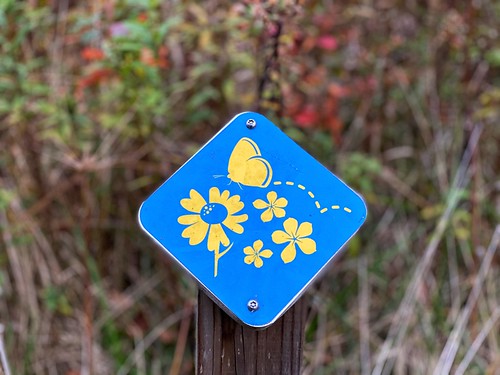
In 2017, Virginia State Parks implemented a mow reduction initiative that encouraged each park to evaluate their individual mowing operations. This way, parks could reduce mowing in certain areas of the park, such as roadsides, old agricultural fields and open fields. This initiative shows beneficial in a multitude of ways. The purpose of this initiative was to reduce the amount of staff time spent on mowing, the amount of fuel used, and the wear and tear on equipment associated with frequent mowing practices, while at the same time increasing the amount of pollinator habitat throughout each park.
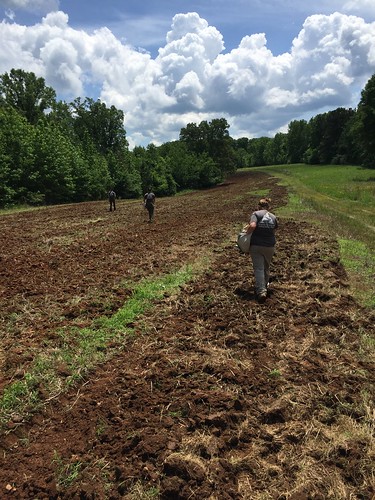 When left alone, these fields grow tall with native grasses and wildflowers creating early successional habitat that is ideal for pollinators and other wildlife. To some, this type of habitat may have an unkempt appearance, but a closer look will reveal colorful wildflowers and a close-up view of many pollinator species, including butterflies, moths, bees, beetles, hummingbirds, ants, wasps, flies, and more.
When left alone, these fields grow tall with native grasses and wildflowers creating early successional habitat that is ideal for pollinators and other wildlife. To some, this type of habitat may have an unkempt appearance, but a closer look will reveal colorful wildflowers and a close-up view of many pollinator species, including butterflies, moths, bees, beetles, hummingbirds, ants, wasps, flies, and more.
Pollinator species are responsible for helping a majority of the world’s flowering plants reproduce. They play a key role in increasing agricultural productivity that we rely on for affordable and plentiful food crops. In fact, pollinators are responsible for 1/3 of all the food we eat. Pollinators also help produce the plants that are used to produce the raw materials for manufacturing, as well as maintain plant populations that help mitigate erosion and flooding. Creating pollinator habitats has become increasingly important due to the recent decline in pollinator populations that we rely on so strongly. This decline in pollinators has been caused primarily by the loss and fragmentation of their habitat associated with land development.
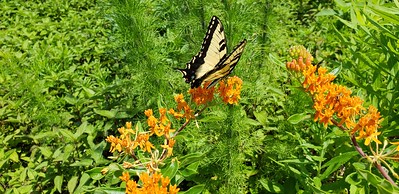
In addition to reducing mowing throughout the park, many parks have gone even further to help conserve pollinator populations by planting native wildflower species specifically for pollinators and removing invasive species in these mow reduction areas. Planting for pollinators involves seeding or planting a variety of native grasses and wildflowers that bloom from early spring into late fall. The wildflowers provide pollinators with nutrient rich food, while the grasses provide them with cover for nesting and breeding. Removing invasive species increases plant biodiversity that helps pollinators maintain a diverse diet to prevent malnutrition.
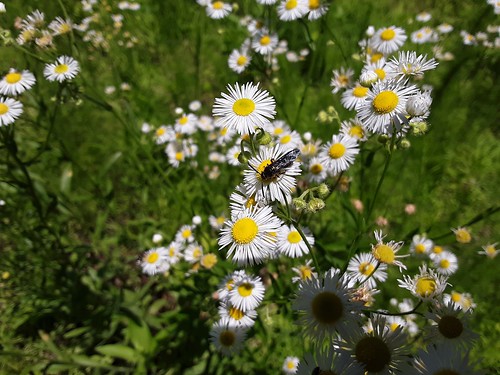
Creating and improving pollinator habitat throughout our parks helps conserve pollinator populations as well as populations of birds and small mammals that also rely on early successional habitat for food, nesting, and breeding. These habitats also provide a great opportunity to educate visitors about the importance of maintaining pollinator populations so that our efforts can expand the amount of pollinator habitat throughout Virginia.
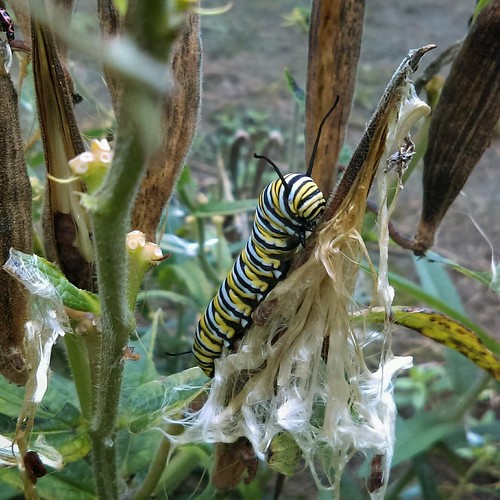
Check out this video from Ranger Cire and Ranger Greene as they explore some pollinator areas and their purposes.
If you have read the article and have a question, please email nancy.heltman@dcr.virginia.gov.
Search for blogs
By Park
Categories
Cabins
Camping
Fishing
History and Culture
Other
Programs and Events
Trails
Volunteers
Water Fun
Archive
2024
2023
2022
2021
2020
2019
2018
2017
2016
2015
2014
2012














